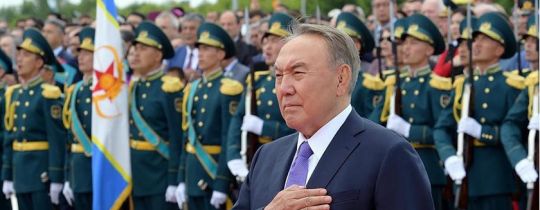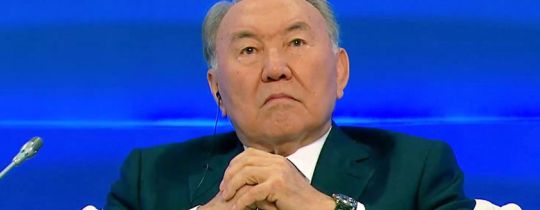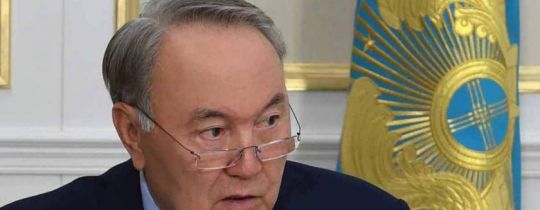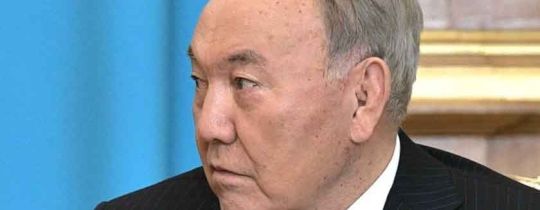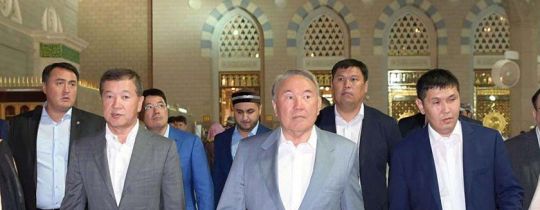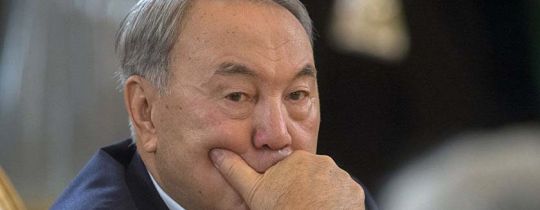With this chapter, we are concluded the publication of the essay Nursultan Nazarbaev. Stages of career, system if interests and political power” written in 2005 by Kazakhstani scientist, history PhD, professor Nurbolat Masanov for the activists of the civil society that wasn’t published earlier.
The main problem, Nursultan Nazarbaev was faced with in 2003-2005, was that he was to looking at a large-scale crisis within political and economic elite of the country .
On the eve of the parliamentary elections, Nursultan Nazarbayev fired Prime-Minister Nurlan Balgimbayev appointing Kasymzhomart Tokayev who, at the time, served as Minister of Foreign Affairs. Tokayev’s appointment confirms the fact that, in general, the reforms had been completed and that the president no longer needed the strong and independent technocrats.
The second direction of activity of the president-builder and president-reformer was the process of privatization of former federal property. A big role in this process was played by the former prime-minister of Kazakhstan Akejan Kajegeldin.
Unlike his many competitors, Nazarbaev turned out to be completely ready for sovereignty and independent political activity. Having gone in the 1980s through all major stages of party-soviet nomenclature, he know how to preserve power in his hands unlike some inexperienced and too populist politicians of the time.
Only ten years of party career (1969-1979) was enough for Nursultan Nazarbaev to climb to the top. At the age of 39 he becomes the secretary of the Central Committee of the Communist party of Kazakhstan.

